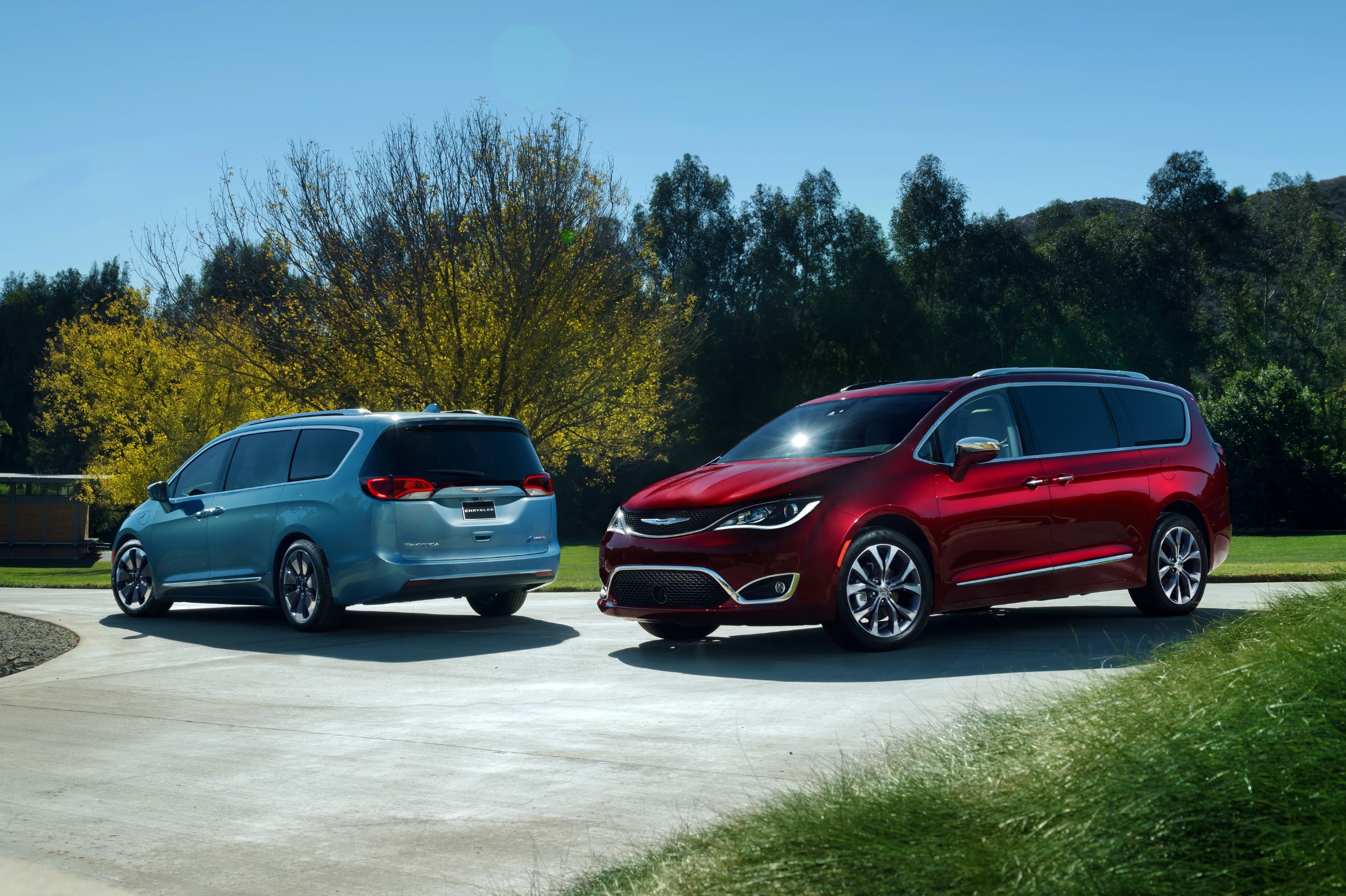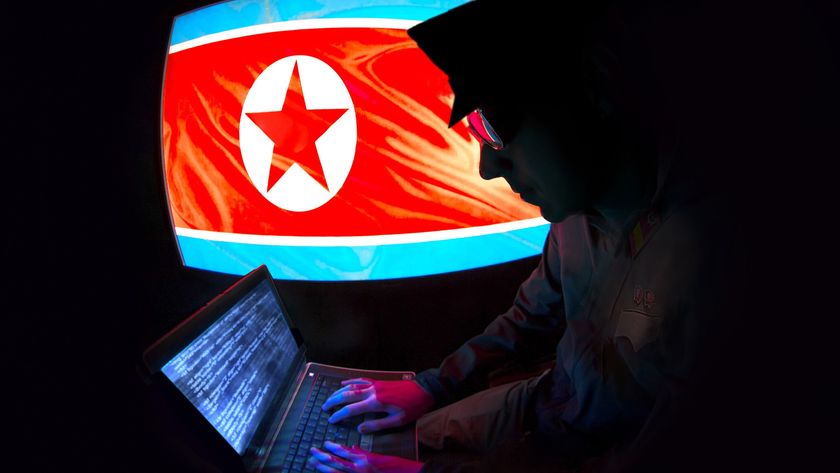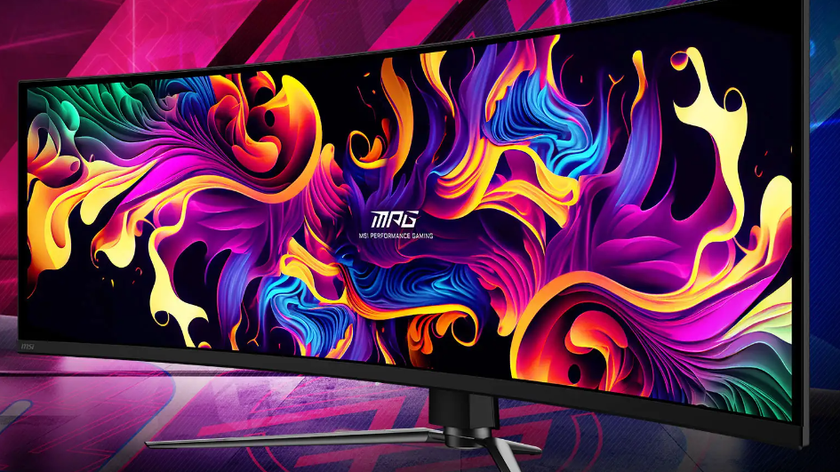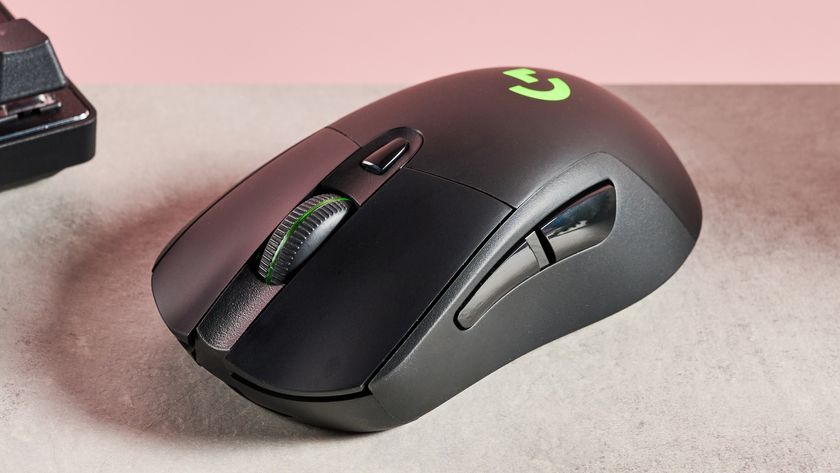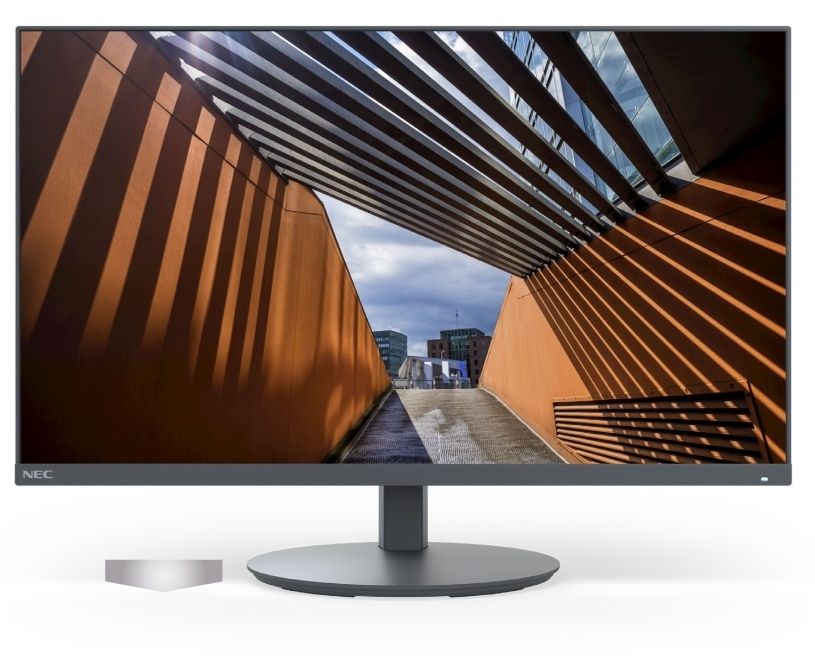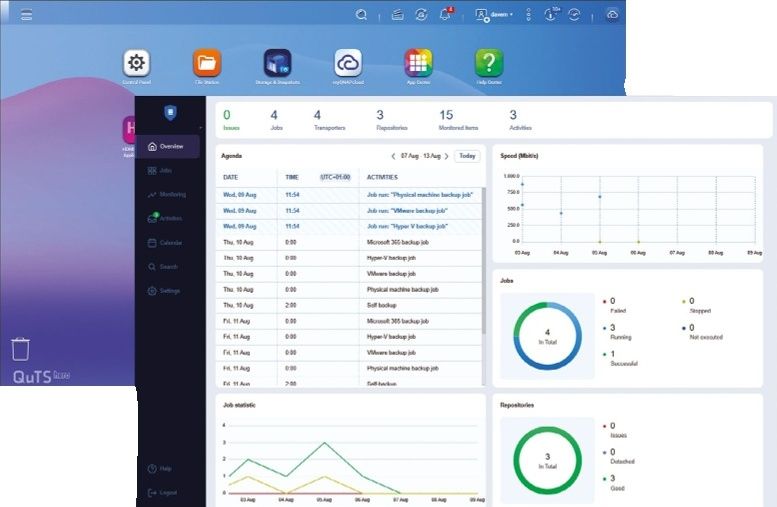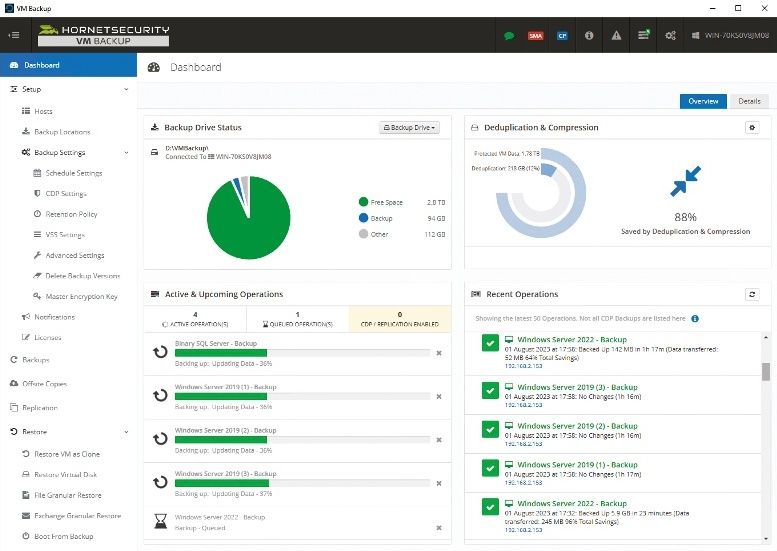Early Verdict
Chrysler's done a great job updating the utilitarian family workhorse with technology and amenities for parents and children, and I can't wait to spend more time with a production model.
Pros
- +
Rear seat HDMI inputs
- +
Hands-free trunk and doors
- +
Driver assist technology
Cons
- -
No Android Auto or Apple CarPlay
- -
Uconnect is sluggish
Why you can trust TechRadar
Minivans are uncool, nowadays. The preferred method of family transport in the '80s and '90s is now ignored for crossover utility vehicles, but I don't care. I'll admit it: I love minivans – I grew up in a minivan family and learned to drive in minivans.
When I had my first kid, I too bought a minivan (2011 Volkswagen Routan) and still have one (2014 Mazda 6 6-speed). So, when Chrysler unveiled the next-generation 2017 Pacifica at the North American International Auto Show (NAIAS) a few weeks ago in Detroit, I was smitten.
Although I was unable to make it to NAIAS, Chrysler trucked one of the debut vehicles to the 2017 Portland Auto Show where I was able to spend some hands-on time with it. This is essentially the ultimate version of the Dodge Caravan my parents had when I was growing up, so there's the nostalgia factor.
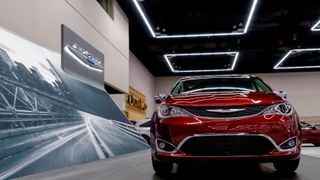
If you ignore the sliding doors on the Pacifica, you couldn't tell it's a minivan. The exterior styling reminds me of the sharp Chrysler 200 sedan, but in a more practical wagon form. I'm a fan of the sleek new styling that makes it look more car-like.
Infotainment system
Step inside, and you can see why I'm giddy about the Pacifica – the car is loaded with technology. Heading up infotainment duties is a new Chrysler Uconnect 8.4 system. This version is an upgrade from the Uconnect Access 8.4 system currently deployed in many Jeep, Chrysler, Dodge, RAM and Maserati vehicles, but not quite the newly announced Uconnect with Android Auto and Apple CarPlay support, unfortunately.
New to Uconnect for the Chrysler Pacifica is a smooth and glossy capacitive touch screen and a tweaked user interface. The 4:3 aspect ratio remains, but the quick-access icons on the bottom of the display is now customizable.
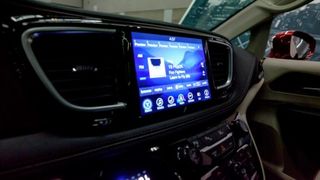
You can drag and drop any shortcut or feature that's available under Apps to the shortcut row. Everything else about the Uconnect system remains the same, including slightly sluggish performance.
I was unable to confirm the exact system-on-a-chip platform used in the Pacifica's Uconnect system, but my previous experience with Uconnect Access 8.4 in a 2014 Jeep Grand Cherokee revealed it was using a Texas Instruments (TI) OMAP-DM3730 – a single-core chip with 512MB of RAM. A Chrysler representative tells me that this Pacifica uses the same hardware as Uconnect Access 8.4, so I'm assuming the TI chip is still running the show here.
Features of the Uconnect system in the Pacifica include HD Radio, SiriusXM with time-shifting and app support for Pandora, iHeartRadio and others. Integrated Wi-Fi hot-spot capabilities are supported as well. Chrysler continues to rely on Sprint's network, which gets terrible reception (in my experience), unfortunately.
Uconnect Theater
Rear seat entertainment (RSE) systems are losing out to tablets, portable gaming consoles and and smartphones to keep kids occupied. Chrysler is trying to reinvent the RSE with a pair of HD, 10-inch capacitive touch screens that flip up from the front seats. The touch screens are powered by a Blu-ray player, for those that haven't gone to pure digital distribution yet.
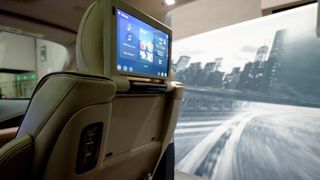
Chrysler hopes to make the Uconnect Theater system more attractive to parents, with integrated games and apps. The games don't hold a candle to the latest PC, Xbox One or PS4 titles, but there are basic titles, such as Sudoku, Bingo, Checkers and – most importantly – Solitaire.
The two screens operate independently, so each passenger can play what he or she wants, or challenge each other for some multiplayer action too. Chrysler solves the question of "Are we there yet" from your kids with an app, too.
The Are We There Yet? app provides a child-friendly animation that displays the remaining time, with a notification every 15 minutes. The downside is you have to have a destination selected on the front Uconnect 8.4 system, even if you don't need turn-by-turn directions, but it's a small price to pay for peace and quiet.
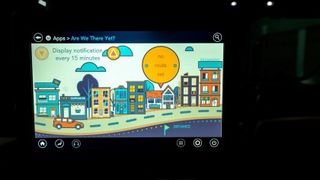
Both screens have separate HDMI inputs with USB charging ports, which is what I'm most excited about. This may sound super geeky, but there is so much you can do with the HDMI inputs. The ideas that come to my head include: Intel Compute Stick, Chromecast, Raspberry Pi and, I suppose, an old tablet or smartphone.
If it were up to me, I'd connect two Intel Compute Sticks to the Uconnect Theater system and have my two children battle for my affection over a couple rounds of Unreal Tournament – or child-friendly '90s games, like Putt-Putt Goes to the Moon, when my wife isn't around.
Driver Assists
Chrysler doesn't skimp on driver assists for the Pacifica either – you can get the whole kitchen sink. The available driver assists includes full-speed adaptive cruise control (ACC), lane keep assist (LKAS), park assist, a 360-degree Surround View camera and forward collision warning. Since the car was on a platform on the show floor, I was unable to test the features out.
However, I've tested some of these features in a Chrysler 200 and found them to work well. Chrysler's full-speed ACC smoothly accelerates, brakes and holds the car at a stop when necessary.
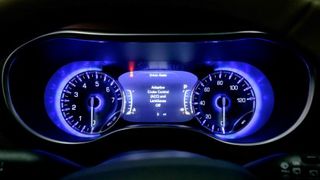
The LKAS system is an intervention system that can only bounce the car back and forth between the two lane markers by applying a little bit of steering torque, but it's not a semi-autonomous system, like the Mercedes-Benz S550. It does the job for the expected price point.
Chrysler's park assist can parallel or perpendicularly park the car. While I prefer to self-park using a 360-degree camera system in smaller cars, park assist on such a big vehicle can come in handy, especially with parallel parking.
The downside with most park assist systems is that you have to manually engage it with the press of a button, then put on your turn signal and drive below 25 mph for it to scan for a parking spot and control gas and brake functions.
Everyday practicality
The selling point of minivans is the utilitarian aspect. Chrysler invented the Stow'n Go seating system in 2005, which was an easy way for all the rear seats to fold flat for maximum cargo space without having to do any heavy lifting. The system is further refined in the Pacifica.
While my Volkswagen Routan didn't have the fold flat Stow'n Go seats, the storage bins below the floor were still there. My biggest complaint with the storage bins was that I couldn't open them all the way without manually moving the front seats all the way forward.
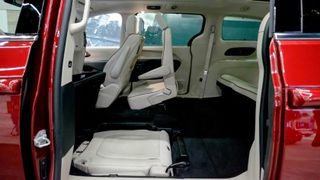
Chrysler fixed that in the Pacifica. Now, there's a button on each side that pushes the front seat all the way forward for easy access to the storage bins or to fold the middle row into the floor. A second press of the button restores the seat to its original position, too.
The new outboard seats in the middle row also have a sweet new feature that lets you tilt them forward while keeping the seating position intact. This makes it easier to get into the third row, without having to climb through the center of the car.
For parents, this means you can still move the middle row seats out of the way with a car seat installed, instead of making the third row impossible to get to with large car seats.
Chrysler goes beyond the typical hands-free trunk feature, which lets you open the tailgate by waving your foot below the rear bumper, with the keyfob in your pocket. The Pacifica has hands-free sliding doors that open with a quick wave of your foot below the sliding doors.
As a parent that's had to carry out an infant car seat with groceries, the hands-free trunk is a great convenience that saves you the trouble of fumbling for keys.
Early verdict
Chrysler minivans hold a special place in my heart, but emotions and nostalgia aren't why I'm excited for the new Pacifica. While I didn't get a chance to drive it, the new hybrid powertrain is why I'm excited.
Chrysler expects the plug-in electric hybrid to go up to 30 miles on pure electric power, while a 3.6-liter V6 helps out when you're out of juice for an 80 mpge rating, which is a game changer for large family haulers.
I loved my Volkswagen Routan for practicality, but fuel economy in the teens was painful when gas prices were $4 a gallon. The new Pacifica's 30 miles of EV range is enough for errands around the city, while the gas motor makes it a perfect road trip car with plenty of space.
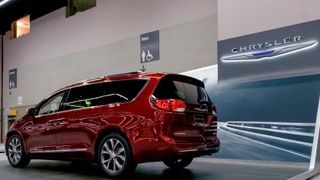
Then there's the available driver assists and rear seat entertainment system. I've driven from Washington State to California multiple times in cars with and without ACC. Every time I've had to manually drive myself, I vow to never do it again. The one time I made the drive in a car with ACC, I found it pleasant, less angering and a desire to actually make the trip again.
Having ACC, LKAS, impressive fuel economy and all of that space makes the Pacifica the perfect road trip car and a competent daily driver. I can't wait to get behind the wheel of the new Pacifica for longer, especially so I can setup an in-car, old school LAN party.
What is a hands on review?
Hands on reviews' are a journalist's first impressions of a piece of kit based on spending some time with it. It may be just a few moments, or a few hours. The important thing is we have been able to play with it ourselves and can give you some sense of what it's like to use, even if it's only an embryonic view. For more information, see TechRadar's Reviews Guarantee.
